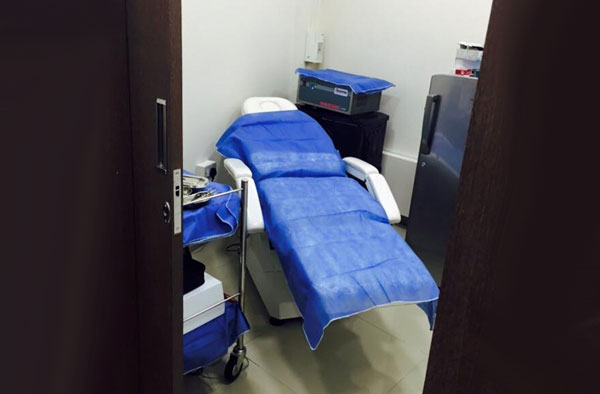Hair Loss/ Female Pattern Baldness
What is it?
Female pattern baldness, also known as Androgenetic Alopecia, is the medical condition where the thinning of hair occurs on the top and crown of the head of the female patient. This thinning in women often starts as a widening of the center hair partition that leaves the front hairline unaffected.
Medication may prevent further hair loss. Another way of treating this condition is to transplant hair or reduce the area of bald skin.
Causes
Female Pattern Baldness can occur due to the following reasons:
- Autoimmune disease
- Hair loss can develop after a significant illness, such as a severe infection, high fever, or surgery.
- Medications such as antidepressants, thyroid medications, and chemotherapy cancer drugs can cause hair loss and the hair usually takes nearly a year to regrow.
- More frequent/regular use of potentially damaging chemical treatments (perming, bleaching and straightening) and hairstyling devices like curling tongs, hairdryers and hair straighteners.
- Hormonal imbalances, like thyroid disorders or menopause-related hormonal changes, and nutritional deficiencies especially iron.
- Contraceptive use: Hair loss may occur if you use oral contraceptives and are prone to hormone-related hair loss or are oversensitive to hormonal body changes.
Treatment
- Minoxidil: The doctor might prescribe the application of minoxidil to the scalp every day. It might not help in fully restoring the lost hair but it can grow back a significant amount of hair and give it an overall thicker appearance.
- Spironolactone is a diuretic, which is used to remove the excess fluid from the body. It also blocks androgen production and might help female patients regrow their hair.
- If low iron is the reason for hair loss then the doctor might prescribe an iron supplement and other supplements, such as biotin and folic acid for thick hair.
- Laser treatment is also used to stimulate hair regrowth.
- Wearing a wig will help in concealing the baldness.
- Hair transplant is a more permanent solution. During this procedure, the doctor will remove a thin strip of hair from one part of the scalp and implant it to an area with hair loss. The graft regrows like natural hair.
Prevention
- Eat a healthy diet.
- Avoid treatments that can break or damage your hair such as perming, straightening, and hair extensions.
- Reduce your time in the sun as too much exposure can damage your hair.
- Please restrain from brushing the hair when it is wet and fragile.
Authored By: Dr. Priya J Talageri











